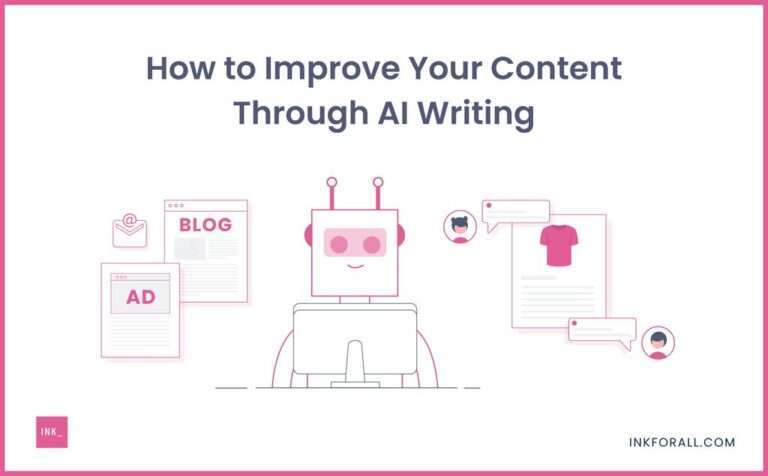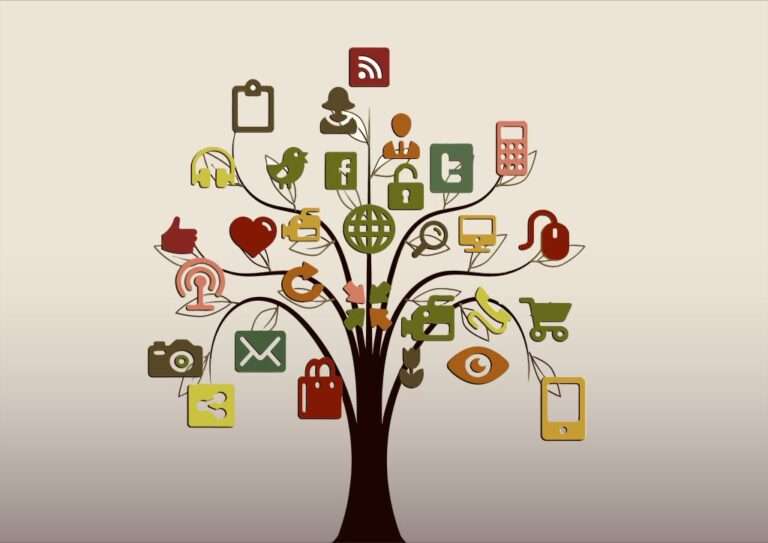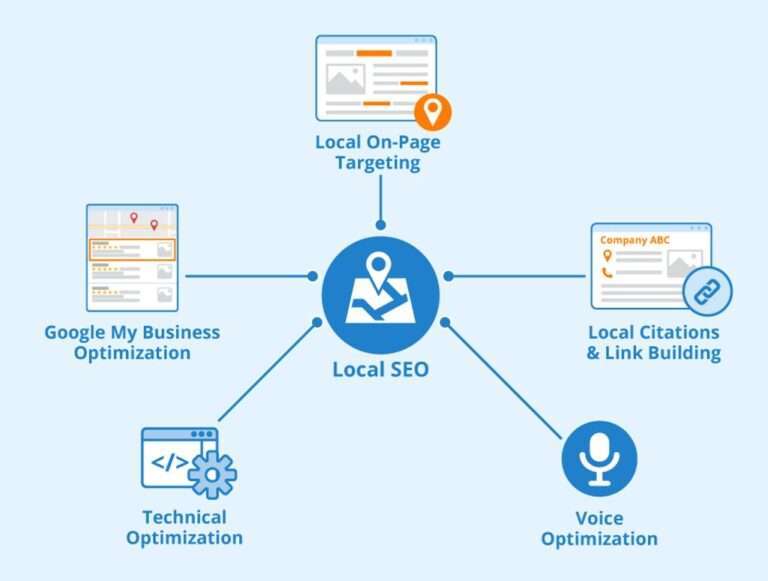What is Multimedia Content?
Overview
What is multimedia content?
Multimedia content refers to the combination of different forms of media, such as images, videos, and audio, to convey information or messages. It allows for a more engaging and interactive experience for the audience, as it appeals to multiple senses. Multimedia content can be found in various formats, including websites, presentations, and social media platforms. By incorporating different types of media, it enhances the overall impact and effectiveness of communication, making it more memorable and compelling.
Why is multimedia content important?
Multimedia content plays a crucial role in capturing and maintaining the attention of the audience. It enhances the overall user experience by providing a visual and auditory appeal that text alone cannot achieve. Images, videos, and audio can convey information more effectively and engage users on a deeper level. Additionally, multimedia content allows for greater creativity and storytelling, enabling businesses to leave a lasting impact on their target audience. By integrating various forms of multimedia content, organizations can create a dynamic and interactive experience that drives engagement and enhances the effectiveness of their message.
Benefits of integrating multimedia content
Integrating multimedia content into your online presence can have numerous benefits. First and foremost, it enhances user experience by providing visual and auditory stimulation that captures the attention of your audience. Additionally, multimedia content can improve information retention as it allows for the presentation of complex concepts in a more engaging and memorable way. Moreover, it increases audience engagement and time spent on your website as users are more likely to interact with and share multimedia content. By integrating multimedia content effectively, you can differentiate your brand and stand out in a crowded digital landscape. Overall, the integration of multimedia content is a powerful strategy to maximize impact and achieve your communication goals.
Types of multimedia content
Images
Images are a powerful form of multimedia content that can greatly enhance the visual appeal of any article or website. They can help to grab the reader’s attention and convey information in a more visually appealing way. When integrating images into your content, it is important to choose high-quality and relevant images that align with the overall theme and message of your article. Additionally, using captions and alt text for images can provide further context and improve accessibility for all users. By incorporating images strategically, you can create a more engaging and visually appealing experience for your audience.
Videos
Videos are a powerful form of multimedia content that can captivate and engage audiences. They allow for storytelling through visual and auditory elements, making information more memorable and impactful. High-quality videos can effectively convey complex concepts and emotions, making them an ideal choice for educational and marketing purposes. Additionally, videos can be easily shared and accessed on various platforms, reaching a wider audience. When integrating videos into multimedia content, it is important to consider their relevance, length, and production value to ensure they enhance the overall user experience.
Audio
Audio is an essential component of multimedia content. It allows users to engage with information through sound and can greatly enhance the overall user experience. Music, narration, and sound effects are commonly used in audio content to create a more immersive and dynamic experience. Integrating audio content seamlessly into multimedia presentations can help capture the attention of the audience and convey messages more effectively. Additionally, audio content can be used to provide accessibility features such as audio descriptions for visually impaired users. By incorporating audio into multimedia content, creators can deliver a more impactful and memorable experience for their audience.
Strategies for integrating multimedia content
Choosing the right multimedia content
When it comes to choosing the right multimedia content, it is important to consider the purpose and target audience of your article or presentation. Images can be used to visually enhance the content and convey information quickly. Videos are great for demonstrating processes or showcasing products. Audio can be used to provide additional context or create a more immersive experience. By selecting the appropriate multimedia elements, you can effectively engage your audience and convey your message more effectively.
Creating engaging multimedia content
Creating engaging multimedia content is crucial for capturing and retaining the attention of your audience. Visuals such as images and videos can help convey information in a more compelling and memorable way. Incorporating interactive elements such as quizzes or polls can also make the content more engaging and encourage user participation. Additionally, storytelling through multimedia can create a deeper emotional connection with the audience. By combining different types of multimedia content, you can create a rich and immersive experience that enhances the overall impact of your message.
Integrating multimedia content seamlessly
Integrating multimedia content seamlessly is crucial for creating a cohesive and engaging user experience. By carefully selecting and strategically placing multimedia elements such as images, videos, and audio, you can capture the attention of your audience and convey your message effectively. Additionally, ensuring consistent design and smooth transitions between different types of media can further enhance the overall impact of your content. By integrating multimedia content seamlessly, you can create a dynamic and immersive experience that leaves a lasting impression on your users.
Conclusion
The power of multimedia content
Multimedia content has the power to captivate and engage audiences like no other. By combining different forms of media such as images, videos, and audio, businesses and individuals can create a rich and immersive experience for their viewers. Multimedia content allows for a more dynamic and interactive presentation, making it easier to convey complex ideas and information. Moreover, it helps to enhance user experience by providing visual and auditory stimulation. In today’s digital age, the integration of multimedia content is essential for maximum impact and staying ahead of the competition.
Enhancing user experience
To enhance the user experience, integrating multimedia content is crucial. By incorporating images, videos, and audio, users are provided with a more dynamic and interactive experience. Visual elements such as images and videos can convey information more effectively, while audio can engage users through narration or background music. This integration of multimedia content not only captures users’ attention but also helps to create a more immersive and memorable experience.
Future trends in multimedia integration
As technology continues to advance, the future of multimedia integration looks promising. Artificial intelligence (AI) and virtual reality (VR) are expected to play a significant role in enhancing multimedia content. AI can be used to create personalized and interactive multimedia experiences, while VR can provide immersive and realistic experiences for users. Additionally, the rise of live streaming and augmented reality (AR) is likely to revolutionize how multimedia content is consumed. With live streaming, users can engage in real-time interactions with multimedia content, while AR can overlay digital content onto the real world, creating interactive and dynamic experiences. As these technologies continue to evolve, multimedia integration is set to become even more powerful and influential in capturing and retaining audience attention.








